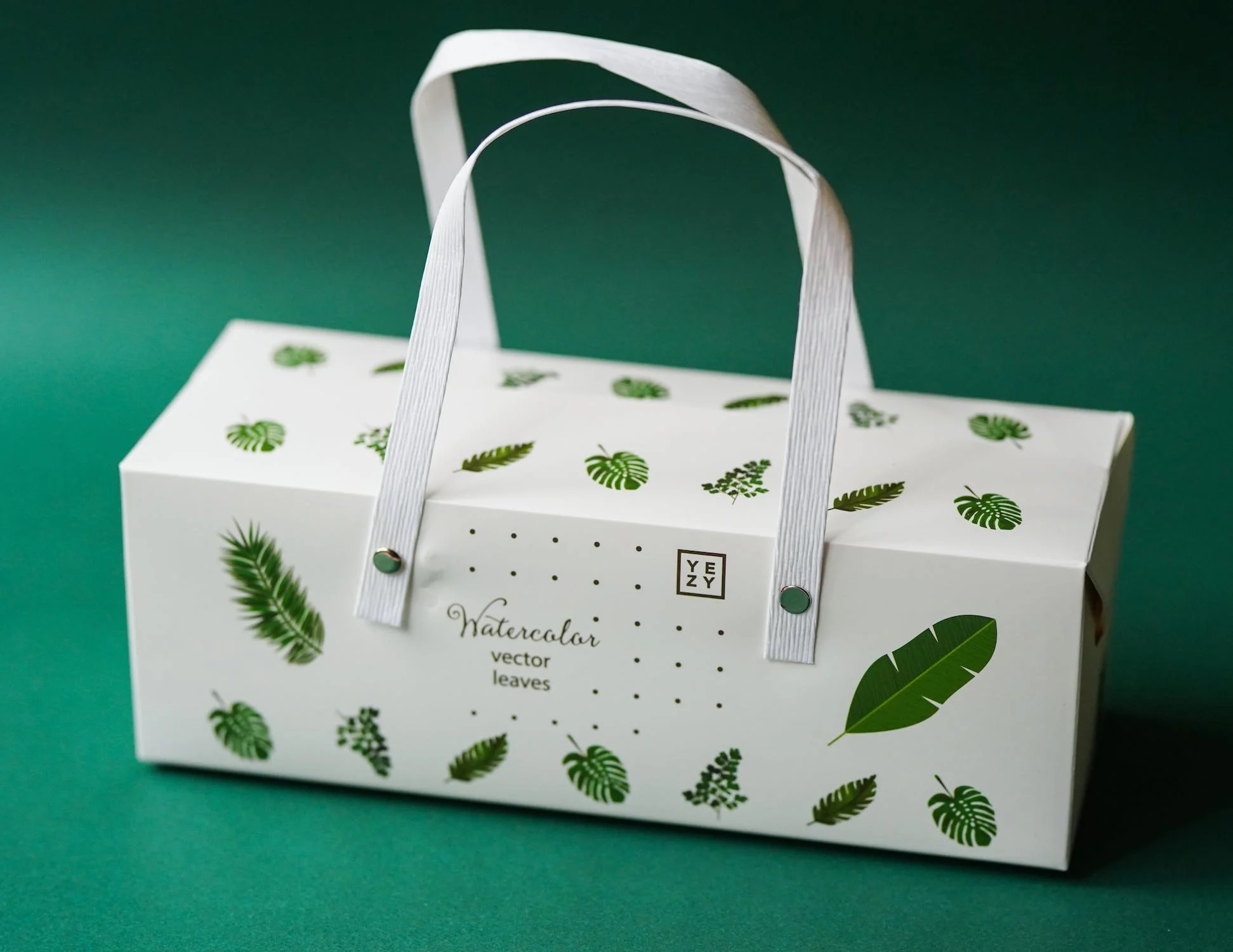
As an entrepreneur, you have put your heart and soul into creating a product that you believe in. But how do you ensure that your product is just as appealing on the shelf as it is in your mind? The answer is simple: packaging. The packaging you choose for your product is just as important as the product itself. It’s the first thing people see when they walk into a store, and it’s what sets your product apart from the competition. In this blog, you’ll learn about creating packaging from all different aspects, so you can learn how to create the perfect packaging for your product.
Packaging refers to the process of designing and creating the exterior of a product. This often involves graphic design, color choices, and material selection, all of which contribute significantly to the overall impression a consumer gets when they first encounter your product. However, packaging isn’t just about appearance. It also serves practical functions such as protecting the product, providing essential information, and facilitating transportation and storage. Packaging matters because it’s the first touchpoint between your product and potential customers. It influences purchasing decisions and can significantly impact your product’s marketability and sales. In essence, effective packaging is a silent salesman, promoting your product in a crowded marketplace and communicating its value proposition to the consumer.
If you need some packaging for your product, here’s what you need to consider.
Packaging Design
First impressions count, which is why your product’s packaging design needs to be spot on. Your packaging design should be eye-catching, informative and appealing, all while reflecting your brand identity. Start by researching your competitors and see what packaging designs work and what doesn’t. Once you have a clear idea of what you like and don’t like, it’s time to start brainstorming your design. Remember, your packaging should tell a story and communicate what your product is all about. Be creative and think outside of the box. Your packaging should stand out in a crowd.
Packaging Material
Your choice of packaging material is another important factor to consider. It should complement your product and be easy to handle. Think about how your product will be transported and how it will be displayed in stores. The last thing you want is for your packaging to damage your product or for it to be difficult to stack on store shelves. Consider factors like durability, impact resistance and weight when selecting your packaging material. Not only does it need to make sense for you, but it needs to appeal to the consumer.
Practicality in Packaging Creation
Before you dive deep into the design process, it is crucial to account for the practical realities of packaging production. These include the capabilities of the manufacturing process and the machinery used for production. Assess the types of packaging your factory machinery can produce and the materials it can handle. For example, if your machinery is designed to handle cardboard packaging but your design calls for plastic, you may need to reassess your plans or consider investing in new equipment. Also, consider the production time and cost. A more complex design may take longer to produce and cost more, which could impact your product’s price point and profitability. Quality control is also important, and you’ll want machinery powered by parts including Rexroth Indramat motors and drives. Indramat motors and drives are integral components in packaging machinery, providing reliable and precise control of motion, essential for maintaining high-speed, accurate, and quality-assured production.
Sustainability in Packaging
You should also take into account the sustainability of your packaging. Consumers are increasingly conscious of environmental issues, and using eco-friendly materials or a design that minimizes waste can boost your brand’s image. Regardless of how innovative or visually appealing your initial design may be, it must align with the practicalities of production to be feasible. Remember, practical constraints do not inhibit creativity but rather guide it towards effective and efficient solutions. Consider creating packaging that can be reused for something else, such as a box that becomes a window sill planter for herbs. Not only is this great for the environment, it will capture the imagination of your customers too.
Packaging Size
The size of your packaging is something you should give serious thought to when creating the perfect packaging for your product. If your packaging is too big, it can be a turn-off to customers who are trying to save space in their homes. But if it’s too small, it may not be noticed on the shelf. Your packaging size should correspond with the size of your product, making it easy for the consumer to visualize what they are buying. There’s nothing worse than buying something online and then discovering that it’s not the size you thought it would be.
Packaging Safety
If your product is a consumable, then safety is of the utmost importance when creating your packaging. You want your product to be safe and secure during transport and to have a tamper-proof seal when it reaches the consumer. Think about the possible hazards during delivery and what you can do to ensure that your product arrives safely. It’s also important to consider the safety of the consumer. Is your packaging childproof or easy to open? Make sure your packaging is safe and secure, so your customers can trust your brand.
Designing the perfect packaging can seem overwhelming, but with these key considerations, you’ll be well on your way to creating a packaging design that is both functional and visually appealing. Remember that your packaging is the face of your brand and that it needs to be a reflection of your product’s quality and message. By choosing the right packaging design, material, size, and safety features, you can ensure that your product stands out on the shelf, and that your customers are excited to take it home.